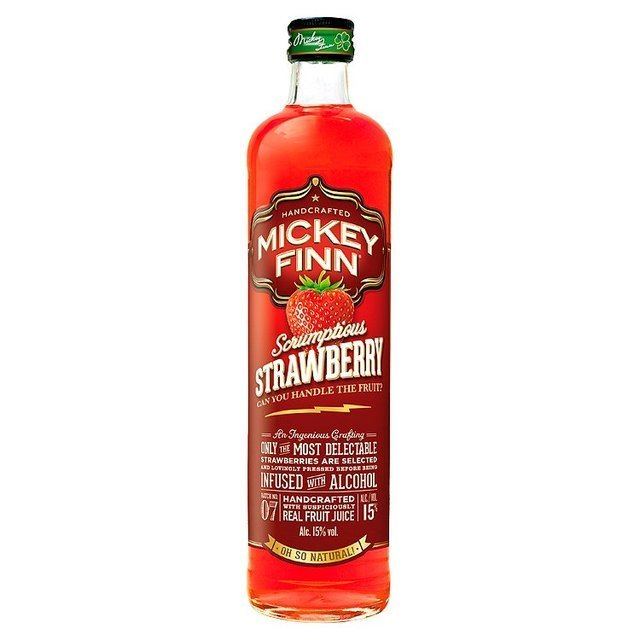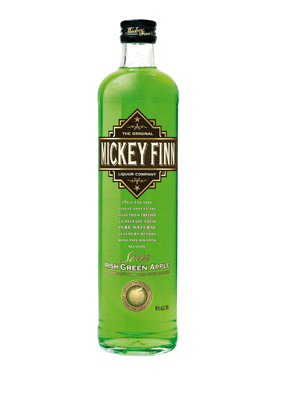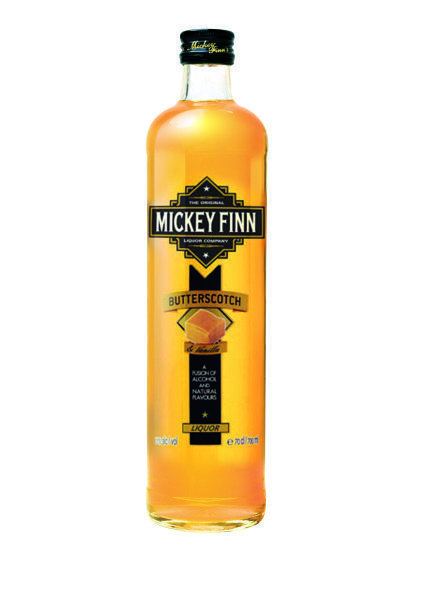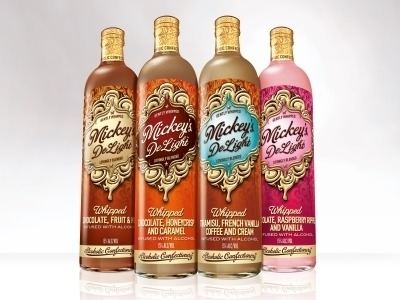 | ||
In slang, a Mickey Finn — or simply a Mickey — is a drink laced with a psychoactive drug or incapacitating agent (especially chloral hydrate) given to someone without their knowledge, with intent to incapacitate them. Serving someone a "Mickey" is most commonly referred to as slipping someone a mickey, but it is sometimes spelled "mickie".
Contents

Michael "Mickey" Finn

The Mickey Finn is most likely named for the manager and bartender of a Chicago establishment, the Lone Star Saloon and Palm Garden Restaurant, which operated from 1896 to 1903 in the city's South Loop neighborhood on South State Street. In December 1903, several Chicago newspapers document that a Michael "Mickey" Finn managed the Lone Star Saloon and was accused of using knockout drops to incapacitate and rob some of his customers. Moreover, the first known written example (according to the Oxford English Dictionary) of the use of the term Mickey Finn is in 1915, 12 years after his trial, lending credence to this theory of the origination of the phrase.

The first popular account of Mickey Finn was given by Herbert Asbury in his 1940 book Gem of the Prairie: An Informal History of the Chicago Underworld. His cited sources are Chicago newspapers and the 1903 court testimony of Lone Star sex worker "Gold Tooth" Mary Thornton. Before his days as a saloon proprietor, Mickey Finn was known as a pickpocket and thief who often preyed on drunken bar patrons. The act of serving a Mickey Finn Special was a coordinated robbery orchestrated by Finn. First, Finn or one of his employees, which included "house girls", would slip a drug (chloral hydrate) in the unsuspecting patron's drink. The incapacitated patron would be escorted or carried into a back room by one of Finn's associates, who would then rob the victim and dump him in an alley. Upon awaking the next morning in a nearby alley, the victim would remember little or nothing of what had happened. Finn's saloon was ordered closed on December 16, 1903.
In 1918, Mickey Finn was apparently arrested again, this time for running an illegal bar in South Chicago.
Chicago restaurant poisonings

On June 22, 1918, four people were arrested and over one hundred waiters taken into custody over the apparent widespread practice of poisoning by waiters in Chicago. Guests who tipped poorly were given "Mickey Finn powder" in their food or drinks. Chemical analysis showed that it contained antimony potassium tartrate, also called "emetic tartar", a drug that besides vomiting can cause headaches, dizziness, depression and can be lethal in large quantities. W. Stuart Wood and his wife were arrested for manufacturing the powder, and two bartenders were arrested for selling the powder at the bar at the waiters' union headquarters. Wood sold packets of the powder for 20 cents and referred to it as "Mickey Finn Powder" in a letter to union bartender John Millian. A follow-up article mentions the pursuit of a man named Jean Crones who was believed to be responsible for poisoning over 100 people at a Chicago University Club banquet at which three people died.
Tracing usage of the phrase "Mickey Finn"
The Oxford English Dictionary gives a chronology of the term, starting in 1915:

